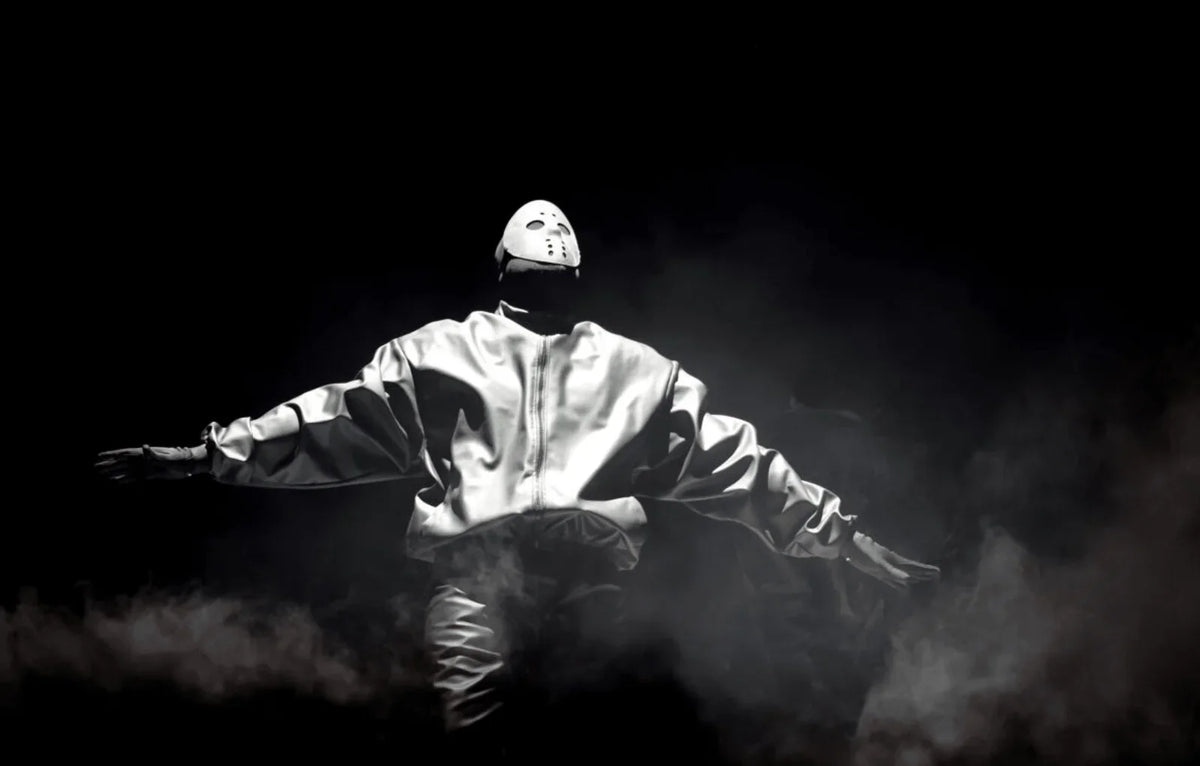
Kanye West’s ‘Bully’: Inside the Controversial New Album
|
Time to read 2 min
EXPERIENCE THE HYPE
|
Time to read 2 min
Kanye West, now legally known as Ye, is once again at the center of the cultural conversation with his latest album, Bully. Released exclusively as a YouTube short film , the project has already stirred heated debate—not just for its music but for its provocative themes, high-profile targets, and Ye’s ongoing personal controversies.
From taking aim at hip-hop elites to igniting discussions on censorship and artistry, Bully is shaping up to be one of the most polarizing releases of the year. Let’s break down everything you need to know.
Rather than opting for a traditional album rollout, Ye debuted Bully as a 45-minute black-and-white short film on YouTube . The visual project, directed by legendary filmmaker Hype Williams , stars Ye’s 9-year-old son, Saint West, in a series of intense, theatrical wrestling matches while wielding a mallet—set to the backdrop of Ye’s latest tracks.
This avant-garde approach is characteristic of Ye’s ever-evolving artistic expression, blending experimental visuals with music in ways that challenge conventional formats.
As expected, Bully doesn’t hold back. The album’s lyrics are laced with grievances against the music industry, past collaborators, and personal adversaries.
One of the most talked-about moments is Ye’s direct shots at former friends and business partners Jay-Z and Beyoncé . Some lyrics hint at betrayal and resentment, while a recent social media outburst saw Ye extend his criticisms to their children, Rumi and Sir Carter—crossing a line that has fueled backlash from fans and industry peers alike.
In addition to industry feuds, Bully also critiques the state of modern hip-hop, media censorship, and Ye’s ongoing battles with corporate gatekeepers.
The release of Bully has divided both critics and fans.
Some listeners praise the album as a return to Ye’s early sonic roots, with soulful samples and intricate production reminiscent of The College Dropout era. Others argue that the overshadowing controversies make it difficult to separate the art from the artist.
Meanwhile, hip-hop critics are debating whether Bully represents Ye’s genius at work or an attempt to stay relevant through shock value. Regardless of the stance, the album has successfully dominated conversations across social media and news outlets.
Ye’s turbulent public persona has led to a steady stream of controversies, and Bully is no exception.
Recent incidents include:
His antisemitic remarks, which led to the loss of major brand partnerships with Adidas and Balenciaga .
A controversial casting call for an all-male choir, where Ye allegedly banned "fat people" and required participants to wear swastikas—leading to widespread condemnation.
Unfiltered social media rants targeting fellow artists, public figures, and even their families.
For many, these actions overshadow his music, raising ethical debates about supporting Ye’s work.
Unlike previous releases, Bully is not available on traditional streaming services like Spotify or Apple Music . Instead, Ye has chosen to release it exclusively on YouTube.
This aligns with his ongoing critique of major music distribution platforms, which he has accused of exploiting artists. By self-releasing the album as a visual project, Ye retains full control over his content while reinforcing his status as a disruptor in the industry.
Kanye West has always thrived in the intersection of art, controversy, and cultural disruption. Bully is no different—it’s an album that forces audiences to confront their perceptions of artistry, accountability, and media influence.
As the debates rage on, one thing is clear: Ye continues to command attention, for better or worse.
The question remains—will Bully be remembered as a groundbreaking artistic statement, or just another chapter in Ye’s ever-growing list of controversies?